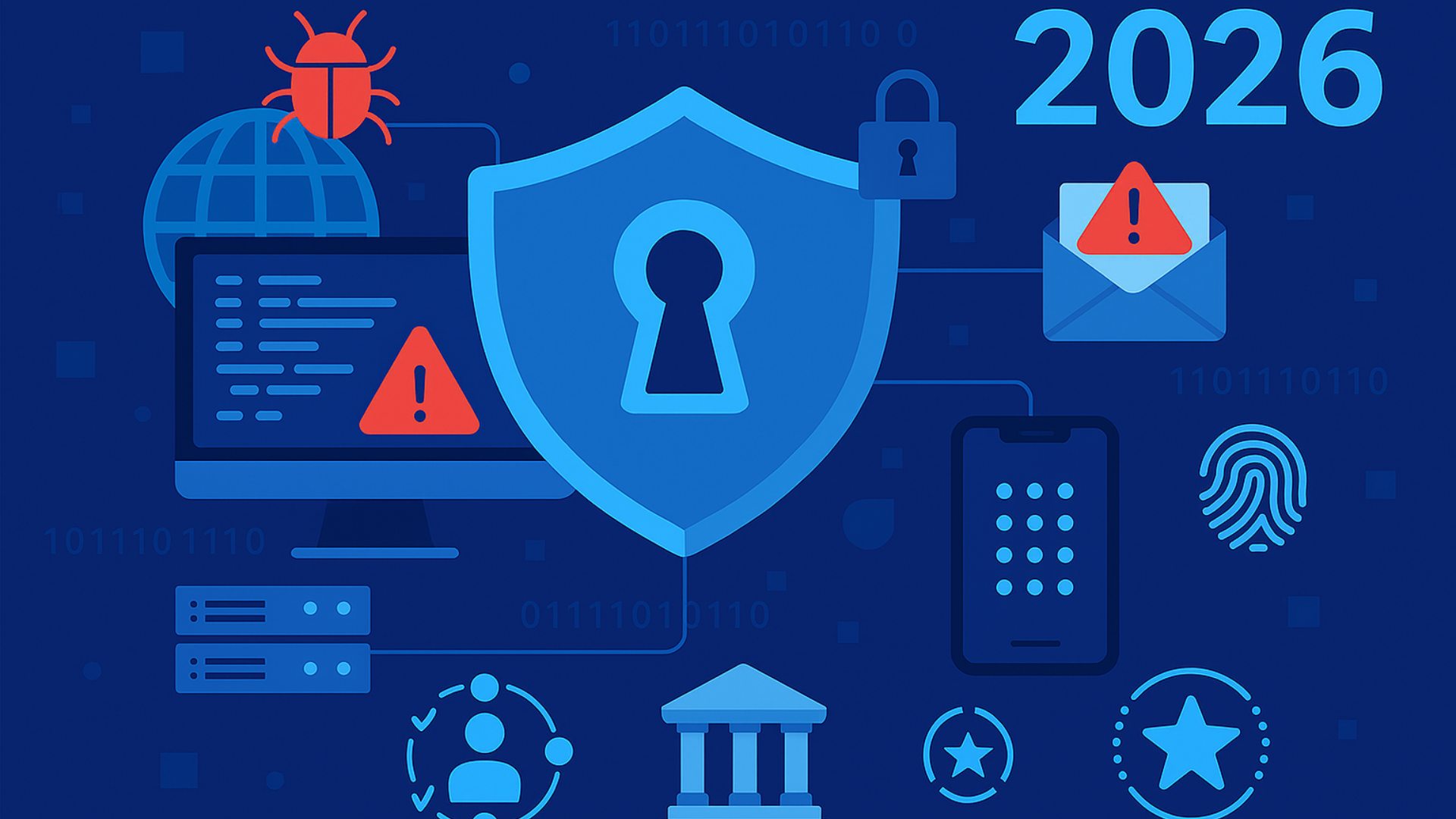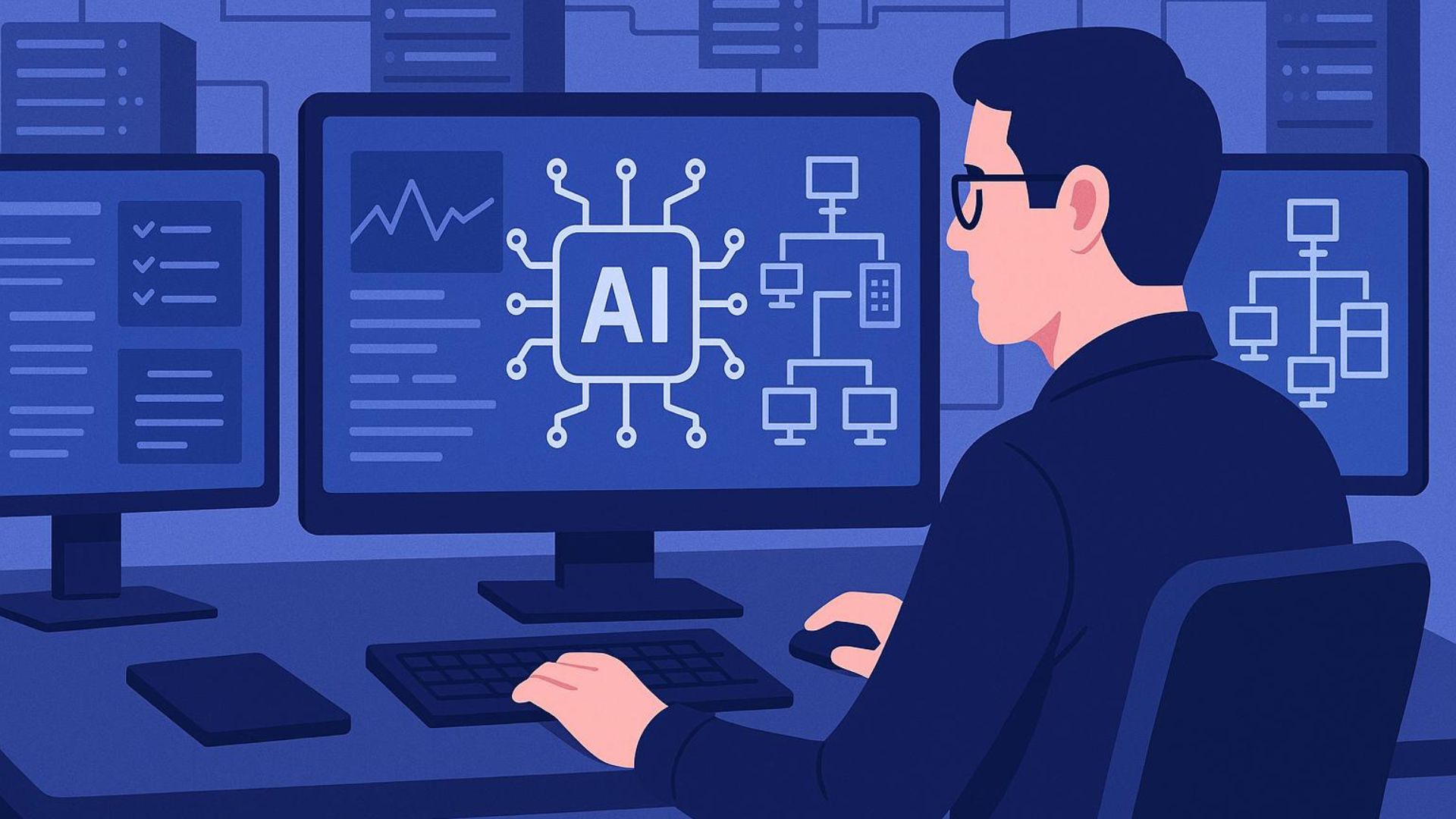In an era where technology evolves at breakneck speed, the challenges caused by legacy systems often are a significant strategic obstacle for businesses. As companies strive for agility and innovation, outdated systems can significantly hinder operational efficiency and competitive edge. Businesses that look to thrive in a digital-first world must understand the nuanced challenges and strategic imperatives to upgrade legacy systems.
This challenge has been exacerbated by the phased sunsetting of legacy products by major tech players, such as Microsoft’s recent announcement to end support for Office 2016 and 2019. This pushes businesses towards newer, more robust platforms that can support their evolving digital needs.
To navigate this new landscape, MSPs must help their clients manage the transition from these legacy systems to modern, cloud-based solutions. This is crucial for small and midsized businesses to achieve their digital transformation goals.
The Impact of Legacy Systems on Digital Transformation
Legacy systems can become a significant burden to digital transformation initiatives. These platforms — from outdated hardware to obsolete software — are often deeply embedded within a company’s infrastructure. This makes it harder to maintain and nearly impossible to integrate seamlessly with newer technologies.
However, companies are often reluctant to give up their legacy systems, due to the cost and complexity of upgrading or migrating. In fact, nearly two-thirds of businesses reportedly spend over $2 million to keep legacy systems running, reducing their ability to invest in innovation.
Legacy systems leave businesses struggling to keep up in a rapidly evolving digital marketplace. At the same time, upgrading foundational systems gives businesses access to new capabilities, enhances flexibility, and increases security.
All of these are essential capabilities in today’s digital economy. As organizations look to future-proof their operations and drive growth, it’s imperative for them to transition from legacy to modern cloud-based solutions.
Chart the Course for System Modernization
Migrating to modern cloud-based solutions requires meticulous planning and execution to preserve data integrity and enhance operational continuity. Accurate data mapping is essential. Data from outdated systems must be correctly aligned with the architecture of more advanced cloud-based platforms.

Aaron Wadsworth
Additionally, ensuring data quality prior to migration involves a thorough review to eliminate outdated or redundant information. This helps guarantee that the data will be usable in its new environment. You must validate and rigorously test post-migration to confirm that no data corruption occurred and that the system operates effectively with the newly migrated data.
A successful transition also requires robust backup strategies and a carefully phased approach. Implement strong backup measures and follow a phased data transfer plan. This way, organizations can mitigate data loss risks and ensure a controlled and secure migration process. Continuous real-time monitoring throughout the migration process helps address any issues along the way and protects data while in transit.
Ensure a Smooth Transition with Custom Integrations
Integrating new cloud solutions with existing legacy systems often presents compatibility challenges. You may need custom integration solutions to cover these technology gaps. Doing this can help ensure that all systems function cohesively without disrupting ongoing operations.
To preserve operational continuity, maintain a seamless flow of data and connection between the old and new systems. Carefully manage any disruptions during the integration process to minimize the impact on daily business activities and customer interactions.
Navigate Pitfalls for Enhanced Business Continuity and Innovation
Migrations often result in significant downtime. Companies tend to underestimate the amount of this downtime, which leads to extended operational disruptions. Delays in the migration process can arise from technical challenges, including data transfer bottlenecks and integration complications.
Downtime affects core business functions like customer service and sales. This can have serious financial repercussions. Reduced productivity impedes operations and hurts revenue. At the same time, service interruptions may alienate customers and can affect customer trust. As a result, MSPs could face financial penalties, especially in industries bound by service-level agreements (SLAs).
The migration from legacy to modern systems places considerable demands on an organization’s human and financial resources. It requires a skilled workforce that is well-versed in old and new technologies. It often diverts IT staff from regular duties or requires the hiring of external consultants, which can increase operational costs. Moreover, substantial up-front investments in new technologies, tools, and training can strain budgets.
Legacy systems are notorious for their rigidity, often preventing organizations from adapting to market changes or investing in innovation. Older systems are more complex to scale effectively. They can keep organizations from seizing new opportunities or responding to evolving market demands.
Outdated systems also may not support newer technologies, such as AI and data analytics. These are becoming more integral for driving digital transformation. The ongoing maintenance and patching of legacy systems also lead to escalating technical debt, diverting funds from innovative projects, and hampering long-term technological advancement.
By addressing these challenges proactively and strategically, businesses can manage the risks associated with legacy system migrations, ensuring smoother transitions and setting the stage to achieve their digital transformation goals.
Key Steps to Tackle Legacy System Upgrades
With a few actionable steps, organizations can address the challenges posed by outdated systems and pave the way for a successful digital transformation:
- Step 1: Invest in future-ready technology.
To overcome legacy system limitations, invest in scalable cloud-based solutions. Such solutions accommodate current business needs and can adapt to future demands without frequent system overhauls. This approach ensures operational flexibility and helps in future-proofing the business. - Step 2: Embed security in transformation initiatives.
Prioritize security from the outset of any digital transformation initiative to limit risks and avoid potential breaches. Integrate robust security measures early in the migration process to protect data and comply with relevant regulations. - Step 3: Plan and execute strategically.
Careful planning is essential to a successful migration from legacy systems. Prioritize business continuity and maximize your return on investment. Leveraging automation and advanced tools simplifies migrations, reducing manual effort, and minimizing errors. This strategic approach enhances efficiency and helps support operations during the transition.
Embrace Change for Future Success
Legacy systems pose significant challenges to a business’s growth and adaptability in today’s evolving market. These outdated infrastructures are expensive to maintain and stifle innovation and scalability. Addressing these impediments proactively with strategic upgrades to scalable, secure cloud solutions is crucial for modern enterprises.
Transitioning to advanced cloud-based platforms enables organizations to convert legacy challenges into opportunities for development. A well-executed migration strategy minimizes risks and maximizes efficiency. It sets the stage for a sustainable and prosperous future.
Aaron Wadsworth is general manager at BitTitan. His expertise lies in company management, team empowerment, and customer success.
Featured image: iStock













